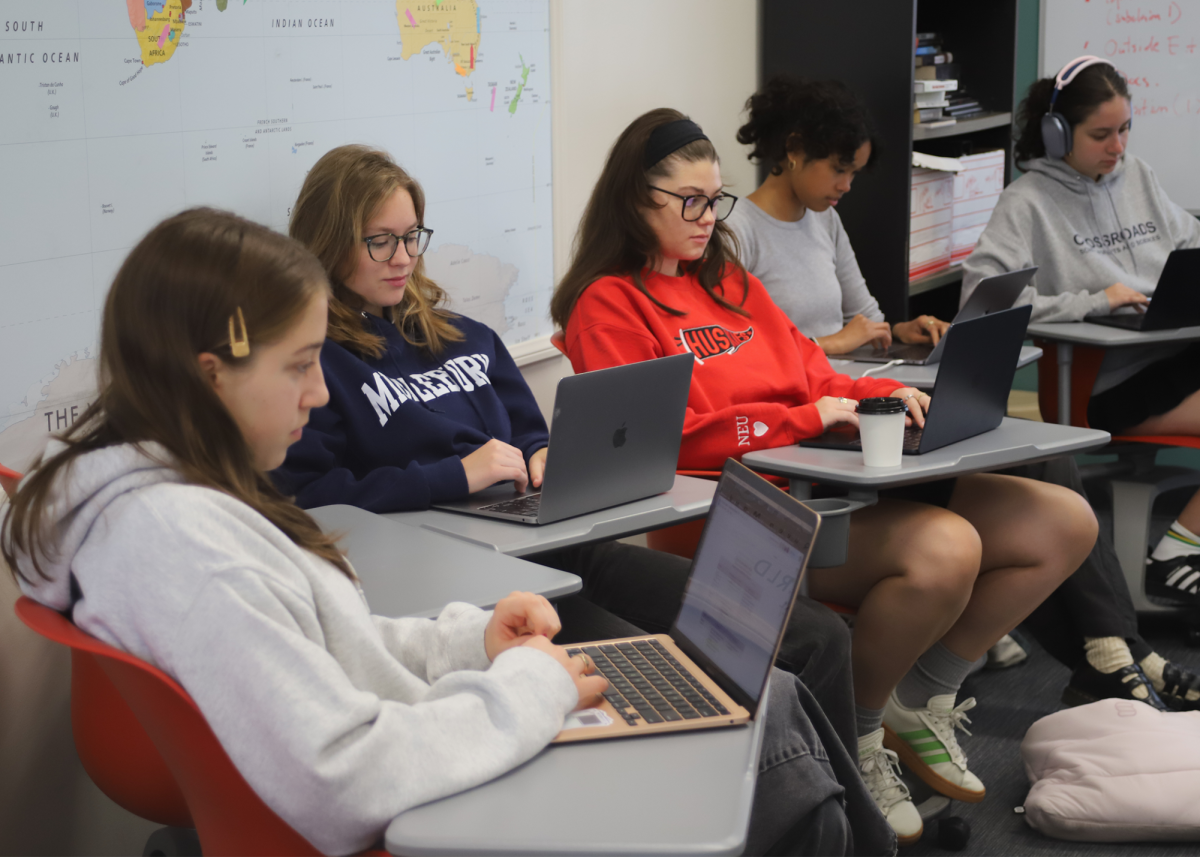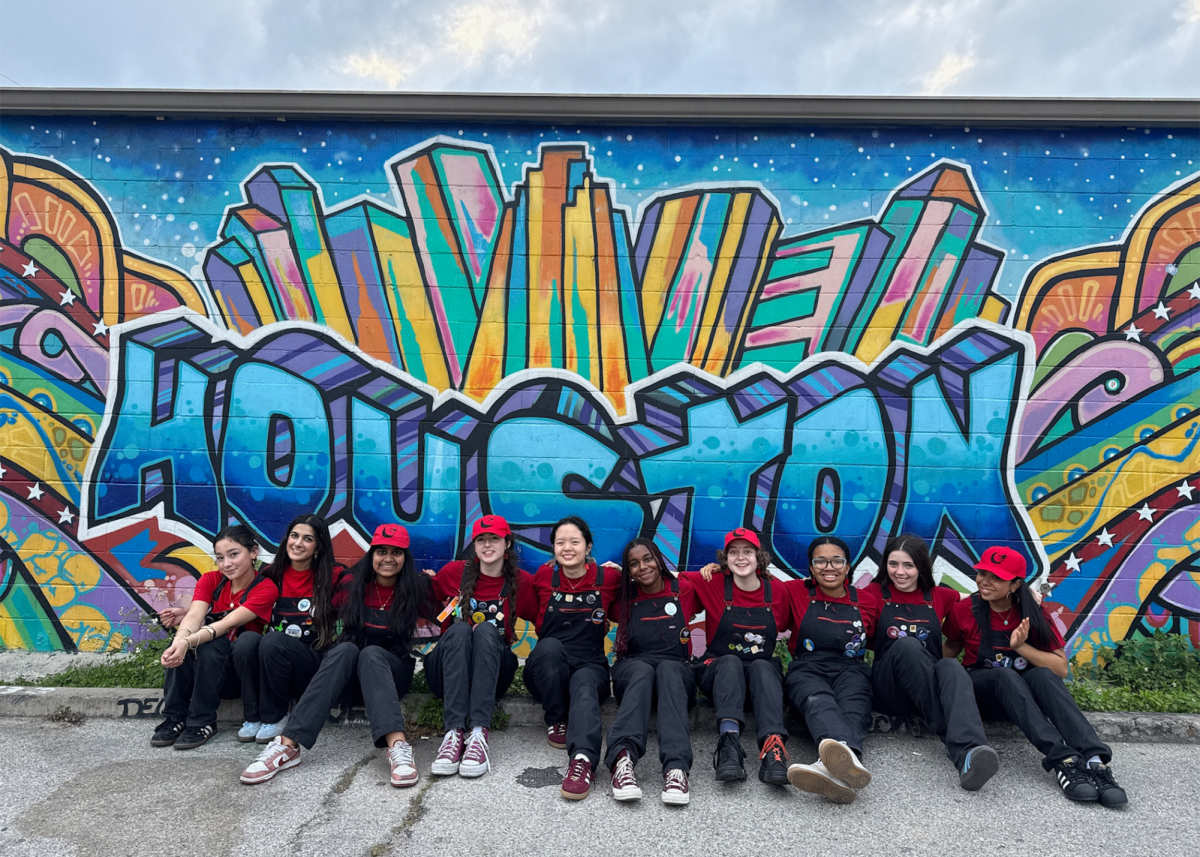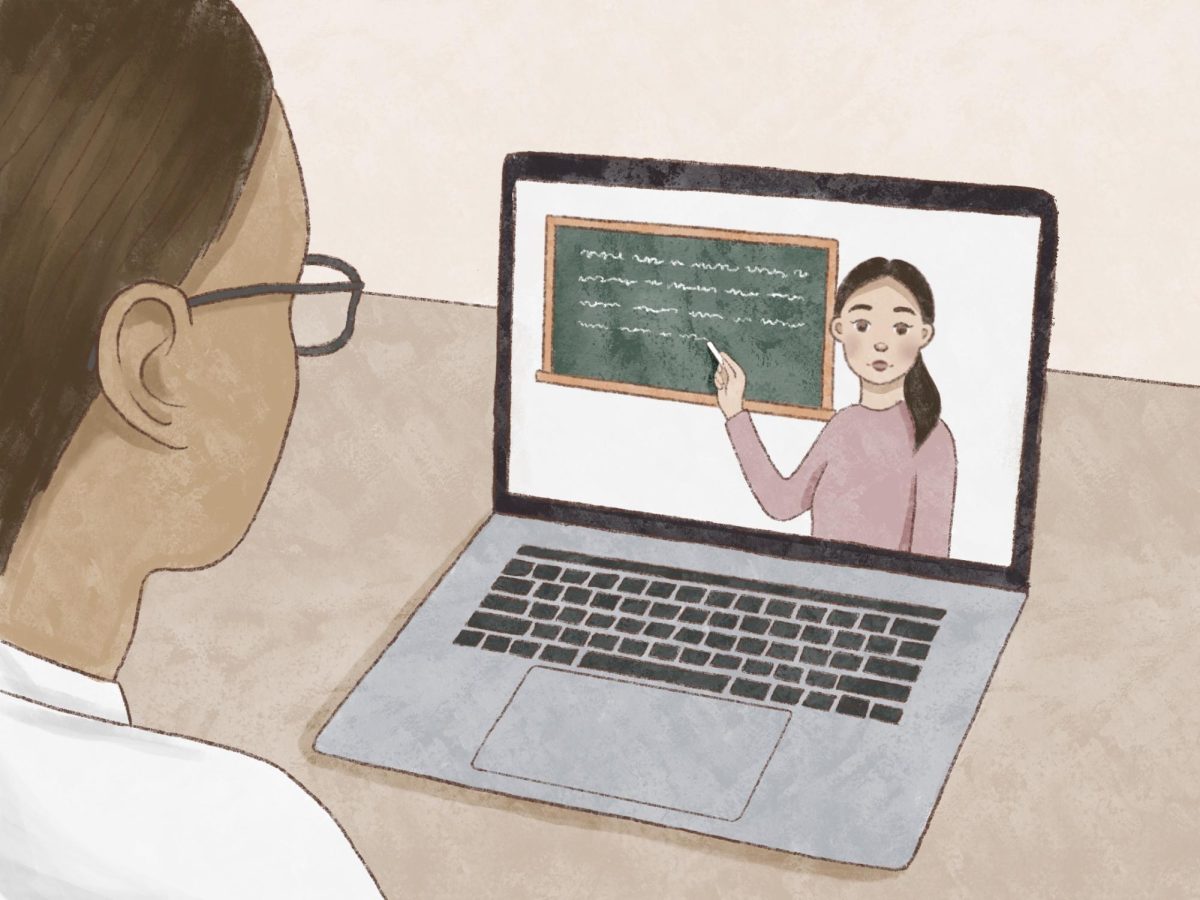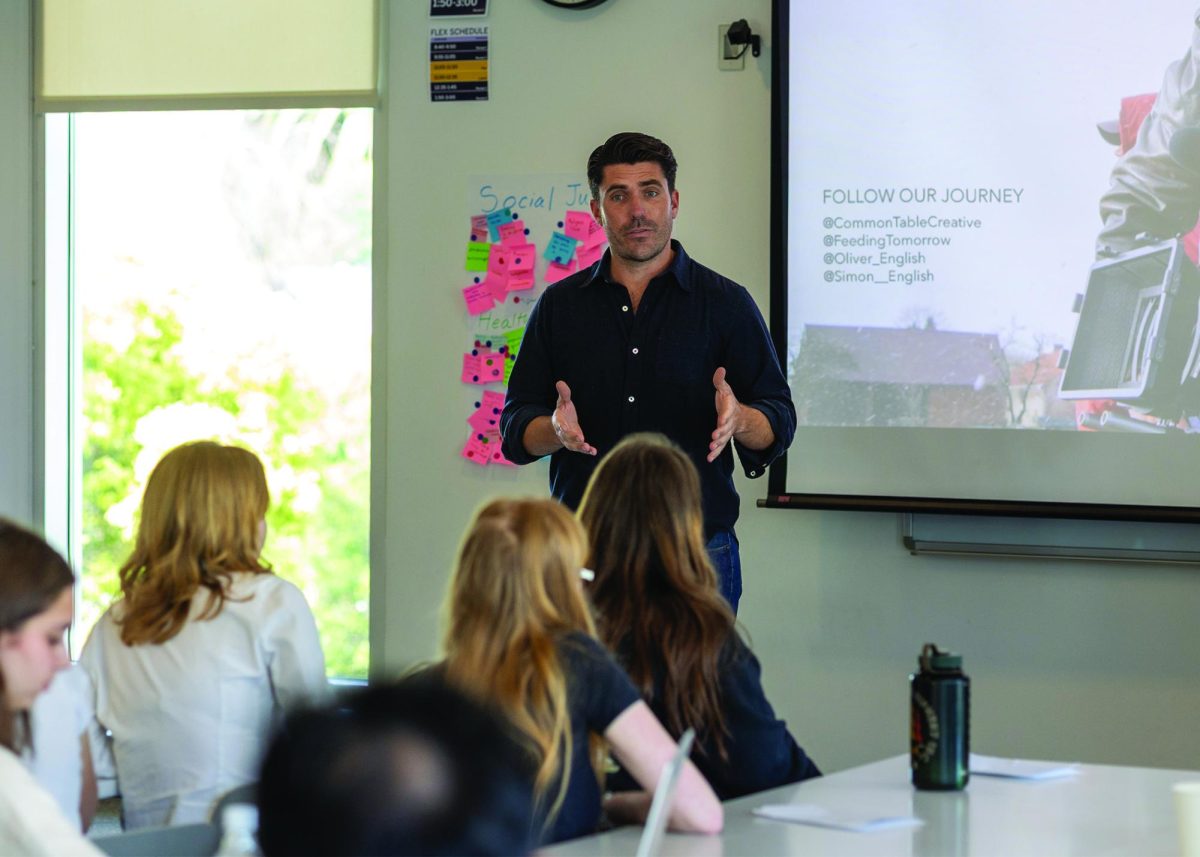I’ve always loved that Marlborough allows for students to be more than one thing, but at the end of the day, I and many others still had to choose between being an athlete or theater kid. I know that realistically I couldn’t have been fully committed to both disciplines, but I wish there were more interdisciplinary opportunities.

Up until 10th Grade, I was a full-fledged athlete. I played on the middle school and JV tennis teams for three years and played on a club team in the off-season. Occasionally, I even won. But then, in the spring of my freshmen year, I performed in “A Wrinkle in Time,” and something about playing a lanky teenage boy following his crush on a journey across time and space just clicked. I spent the following summer preparing for tennis tryouts, but when August rolled around and I was tasked with making the choice between J-period and the all-school play, I chose air conditioning.
To this day, I stand by my decision. And yet, when MET started up work on a play about soccer called “The Wolves” and the cast began to train like athletes, I felt an unexpected pang of regret. I missed sports. We “push ourselves” in theater into “bold acting choices,” but those risks can’t quite deliver the same payoff as literally going the extra mile.
To cope with my crisis, I’ve leaned into my “athlete” identity as I scrimmage, race with other members of the cast and receive coaching. Through my method acting, I’ve discovered that our exercises have actually allowed me to improve as an actor. When I push myself physically, it’s much easier to push myself mentally. Our daily runs serve as a sort of meditation, and we are all more centered when we enter rehearsal after warming up. Physical pain from sprints or squats is a useful tool to drive frustration or anger.
Most theater is grounded in physicality. I have most grown since middle school by learning to become more in touch with my body.
I’m not the only person who has caught onto the fact that art and athletics supplement each other. In 2017, artist Marc Bamuthi gave a TEDTalk about his community initiative called “Moving and Passing,” which aims to connect artists and athletes to each other by engaging them in exercises that combine music, dance, soccer and social awareness. Bamuthi points to the parallels between the movement and emotion that exists in both art and sport. He sees soccer not only as a game, but as a form of poetry, a metaphor for his parents’ experience as immigrants in America.
In the summer of 2018, Vanderbilt University hosted three summer workshops with the goal of “engaging student-athletes in creative forms of expression and building connections between excellence in sports and the arts.” In an article written on the university’s website, Elizabeth Meadows, who is assistant director of the Curb Center and senior lecturer in English at the school, is quoted saying, “We would like our student-athletes not only to participate in the arts, but also to consider ways for reflecting and communicating about their unique experiences as athletes.”
A tennis clinic with some of my castmates would have been a unique bonding experience. And on the flipside, a classic theater game such as “I feel…” or even the task of coming up with a dance would have allowed my tennis team to access the vulnerability we may have needed to better work together both on and off the court.
Sports and theater attract very different types of people because they offer very different types of rewards, but stepping outside of one’s comfort zone is necessary for growth. I’m not asking for every play from now on to be about soccer, or that there be a mandated theater class for every sport team, but an occasional theater workshop for tennis players wouldn’t hurt.





